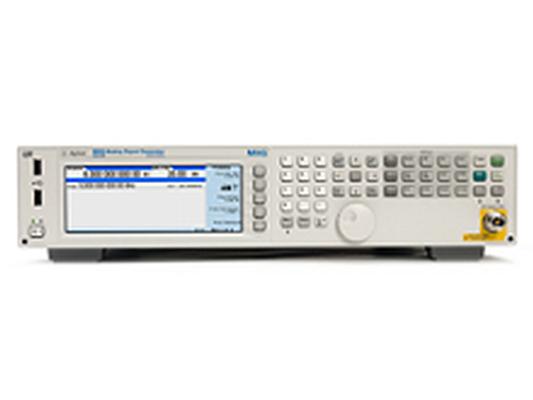A range of different bonding technologies are currently in use. However, they either deliver a poor and in many cases insufficient accuracy or they are very expensive. Active alignment, where the fibre is aligned to the laser diode while device is powered to find the optimal position, takes a long time to assemble. Self-aligned soldering methods involve additional process steps during chip and substrate manufacturing, resulting in additional costs. Moreover, the accuracy depends on the self-aligning capabilities of the solder joint, which is insufficient to meet the requirements of single mode fibre to chip coupling if not used together with mechanical stops.
SUSS MicroTec has developed a new methodology for assembling optoelectronic modules, known as passive alignment. The process is based on the FC250 Flip Chip Bonder. The modules are assembled by using fiducial marks or recognisable structures on the respective parts. The FC250 places the parts with high accuracy on the planar wave-guide circuit (PLC) with in-situ solder reflow. Since the system is optimised for the passive alignment process flow, it is able to overcome the disadvantages of self-aligned processes: Assembly accuracy depends only on the accuracy of the FC250.
The Flip Chip Bonder features an advanced imaging system and a specially designed bonding arm resulting in a post bonding accuracy better than1 �m while maintaining a high throughput of 150 cph including the reflow time. The FC250 is capable of applying high temperature of up to 450� C and forces below 10 gf. Due to its robust design and advanced vision and motion resolutions systems, a 200 kgf configuration is available without any compromises in accuracy and throughput. The accurate and gentle material handling makes the FC250 the ideal tool for handling brittle and tiny components generally used for optoelectronics devices.
Other than conventional pick and place systems, the FC250 Bonder addresses a broad range of process types and requirements. Besides optoelectronics modules, the high-end bonding capabilities allow the system to produce a broad variety of devices such as X-ray-sensors and 3 D components, for example memory stacks or optical switches (MOEMS).






